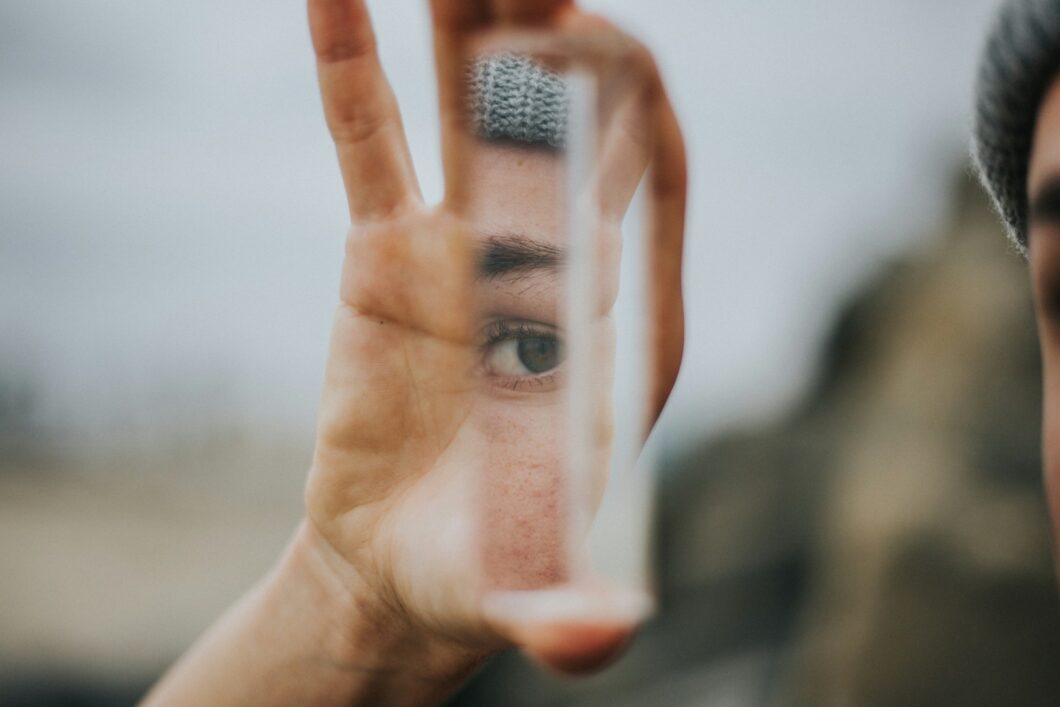THINK: What is Reflection?
The word “reflection” is often used in the context of a mirror. We look at our reflections when we brush our teeth and fix our hair. We closely examine our faces for new blemishes or wrinkles. We turn from side to side in a 3-panel full-length mirror when we try on new clothes to check the fit from every angle. In the same way, we can reflect on our lives. Sometimes we want to look closely at the details, and other times we reflect to gain perspective from a distance. We can ponder sticky situations in our minds and examine them from different angles. I suggest creating rhythms of reflection where you mentally examine specific intervals of time: daily, weekly, monthly, quarterly, and annually.
As the founder of Personal Retreat Day, I strongly encourage you to set aside one whole day every month to rest deeply, reflect on the previous 30 days, and reorient to what’s coming up the month ahead. In the “do” section below you’ll learn a technique for reflecting on important events and milestones in your life.
BE: Cultivating a Reflection Mindset
Sometimes it’s difficult, even painful, to look in the rear-view mirror. We tend to carry heavy baggage from the past into our present. It’s super important to create a safe mental environment before reflecting. Picture the events from your past like you’re watching a movie. Instead of being the main character, step outside of yourself and take on the role of an observer. Detach yourself from the emotional burdens that accompany your memories. Bring a spirit of compassion, empathy, forgiveness, and love for yourself as you reflect. If you tend to feel fear or dread at the thought of reflection, see if you can turn it around with a pep talk: This is an adventure! I get to explore my past! I’m like Indiana Jones, searching for treasure! It’s true-–our past experiences can be a wealth of input. We’re gleaning information that can help us move forward with new knowledge and confidence. A good reflection mindset is one that is curious, open-minded, and playful. Cultivate a desire to learn, inquire, investigate, and discover truths about yourself.
DO: A Reflection 2×2
Divide a piece of paper into a 2×2 grid (4 boxes: 2 on top and 2 on bottom; see an example below this section). Label the top left box CHALLENGES, the top right box WINS, the bottom left box THORNS, and the bottom right box BLESSINGS.
The boxes on top are things that are (mostly) within your control, the bottom boxes are things outside of your control. The left side is for things you perceive to be negative, and the right side is for things you’d describe as positive.
Mentally review the previous 30 days. Jot down any memorable events, circumstances, conversations, achievements, mistakes, etc. Then use your 2×2 grid to categorize these events:
1) Challenges: List “negative” things (as you perceive them) that were in your control: mistakes, failures, regrets, etc. What can you learn from them to avoid the situation next time?
2) Wins: “Positive” things in your control: achievements, successes, milestones, etc. How can you celebrate these wins?
3) Thorns: “Negative” things outside your control: accidents, tragedies, health issues, world events. How can you accept them as part of life, work through your emotions, let go, and move on?
4) Blessings: “Positive” things outside your control: gifts, nice weather, safe travels, and so on. How can you express gratitude for these blessings?
Use this 2×2 grid during your Personal Retreat Day to analyze the month that has just passed. You can also use it for special projects, relationships, and transitions.


